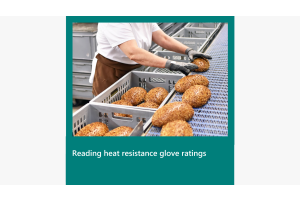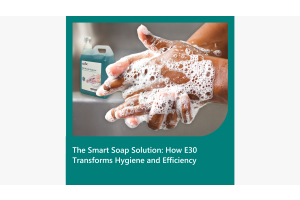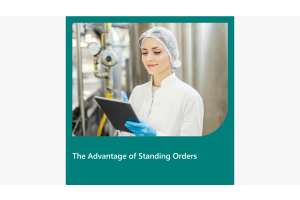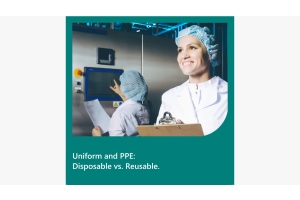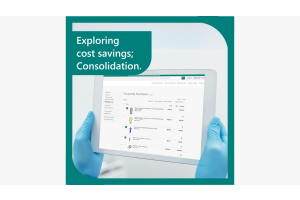What's different about food processing footwear?
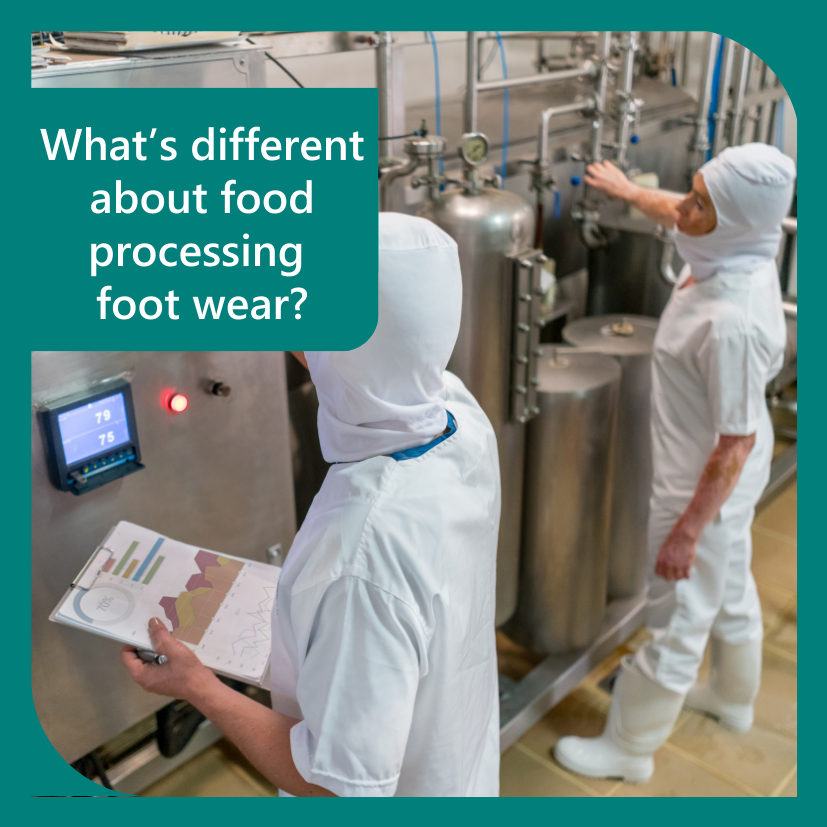
What's different about food processing Footwear?
The intense focus on hygiene within the food industry necessitates specialized footwear. The conditions in which employees work and the prolonged periods they spend on their feet dictate the need for high-quality boots.
Selecting the appropriate footwear offers numerous benefits, such as increased employee satisfaction, reduced slip-related injuries and complaints, enhanced productivity, and minimized hygiene-related risks.
In food processing, the primary types of footwear are gumboots and leather shoes. The attributes that make these shoes suitable for the food industry include:
Leather Footwear Considerations:
Elastic vs. laced designs play a crucial role. Some facilities prohibit shoelaces due to the contamination risk they pose, especially when walkways or platforms exist above production lines.
Key Features of Food Industry Footwear
1. Resistance to Adverse Substances: Oils, chemicals, and fats can deteriorate materials like leather and certain plastics. Footwear that can withstand these substances is essential to prevent degradation, and contamination hazards, and to enhance durability.
2. Sole Quality: A competent sole is resistant to the substances and absorbs shock and static. Ensuring anti-slip properties in footwear is crucial, given the high costs associated with slip-induced injuries and the consequent time off work.
3. Broad Tread: This feature aids in contamination control, preventing potential contaminants from accumulating in challenging-to-clean nooks, thereby avoiding spread within the facility.
4. Lightweight: Given that employees walk extensively, light yet sturdy footwear boosts productivity by making every step less strenuous.
5. Comfort: Features like a wide fit, shock absorption, and lightweight design collectively enhance the footwear's comfort, directly impacting overall productivity.
6. Protection: The primary protective feature in food industry footwear is the safety toe, with the main choices being composite or traditional steel caps. The composite option, while adhering to safety standards, is notably lighter. Additionally, certain sites may not require safety toes, offering the opportunity for even lighter footwear. Furthermore, slip-resistant certification in footwear is vital for employee safety.
The overarching objective when choosing the right footwear is ensuring employee protection, and comfort, and eliminating contamination threats to the food products. When addressed correctly, all these factors contribute to significant cost savings and effective contamination management.


